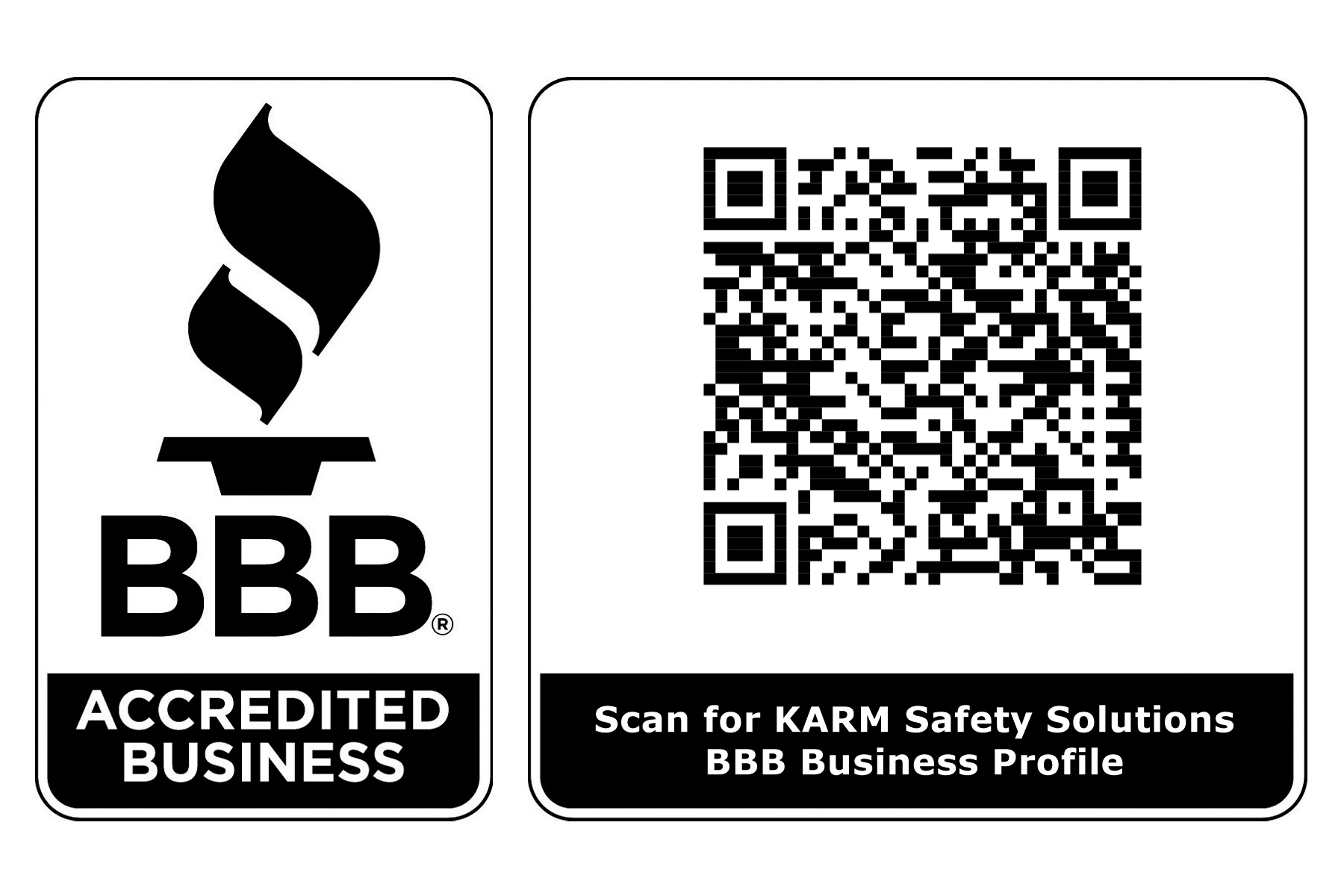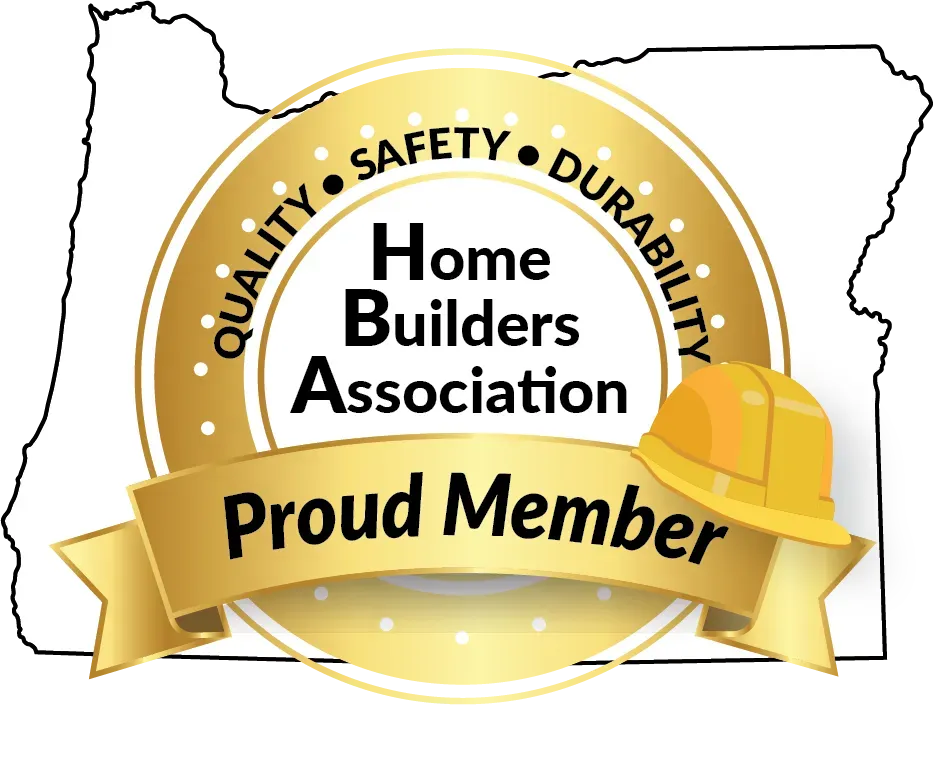Stay Compliant! Hazard Communication Program Training for Chemical Safety
In workplaces where hazardous chemicals are present, safety is not optional it’s a necessity. Every year, thousands of workers suffer injuries or illnesses due to improper handling of hazardous substances. This is why hazard communication program training is essential. Without proper knowledge, workers may unknowingly expose themselves and their coworkers to serious health risks.
A comprehensive Hazard Communication Program (HCP) ensures that employees understand the potential dangers associated with chemicals, know how to read labels and Safety Data Sheets (SDS), and follow proper handling and storage procedures. By staying compliant with hazard communication standards, businesses not only protect their workforce but also avoid costly penalties and legal issues.
Understanding the Importance of Hazard Communication Training
Hazard communication is more than just knowing which chemicals are hazardous it involves a complete system for identifying, labeling, and mitigating risks. The Occupational Safety and Health Administration (OSHA) enforces strict regulations to ensure worker safety when dealing with hazardous materials.
Failure to comply with hazard communication standards can lead to:
1. Serious health risks: Chemical exposure can cause burns, respiratory issues, poisoning, and long-term illnesses.
2. Workplace accidents: Mishandling chemicals due to a lack of training can lead to fires, explosions, and spills.
3. Legal and financial consequences: OSHA penalties for non-compliance can be severe, impacting business operations.
Key Components of Hazard Communication Training
An effective hazard communication program training consists of several critical components designed to keep workers safe and informed:
1. Chemical Labeling and Inventories
· Every chemical container must have a clear and accurate label with information about its hazards.
· Workplaces must maintain an up-to-date inventory of all hazardous chemicals used on-site.
2. Safety Data Sheets (SDS)
· SDSs provide detailed information about each chemical’s properties, including toxicity, first-aid measures, handling instructions, and disposal guidelines.
· OSHA requires SDSs to be readily available for every hazardous substance in the workplace.
3. Hazard Assessments and Exposure Controls
· Employers must conduct hazard assessments to identify chemical risks in the workplace.
· Proper ventilation, personal protective equipment (PPE), and spill containment measures must be implemented.
4. Employee Training and Communication
· Workers must be trained to recognize hazardous substances, understand warning labels, and use protective equipment effectively.
· Employers should establish clear procedures for reporting chemical spills or exposure incidents.
Why OSHA Compliance Matters
OSHA’s Hazard Communication Standard (HCS) ensures that employees have the right to know about chemical hazards in their workplace. Businesses must develop a written hazard communication plan, train employees regularly, and ensure all chemicals are properly labeled and documented.
Without proper training, workers may misinterpret labels, mishandle dangerous substances, or fail to use appropriate safety measures. A well-executed hazard communication program not only meets OSHA requirements but also fosters a culture of workplace safety and accountability.
Take a Final Look:
At KARM Safety Solutions, we understand the importance of keeping your workplace safe and compliant. Our expert-led hazard communication safety training ensures that your employees have the knowledge and skills to handle hazardous materials safely. Our program covers:
· OSHA Hazard Communication Standard compliance
· Proper chemical labeling and inventory management
· Understanding and using Safety Data Sheets (SDS)
· Risk assessment and exposure control methods
· Emergency response procedures for chemical spills and exposure
We provide in-depth training to help businesses maintain compliance and prevent accidents before they happen. Don’t wait until a chemical incident occurs contact KARM Safety Solutions today to schedule your hazard communication training and ensure a safer workplace!













